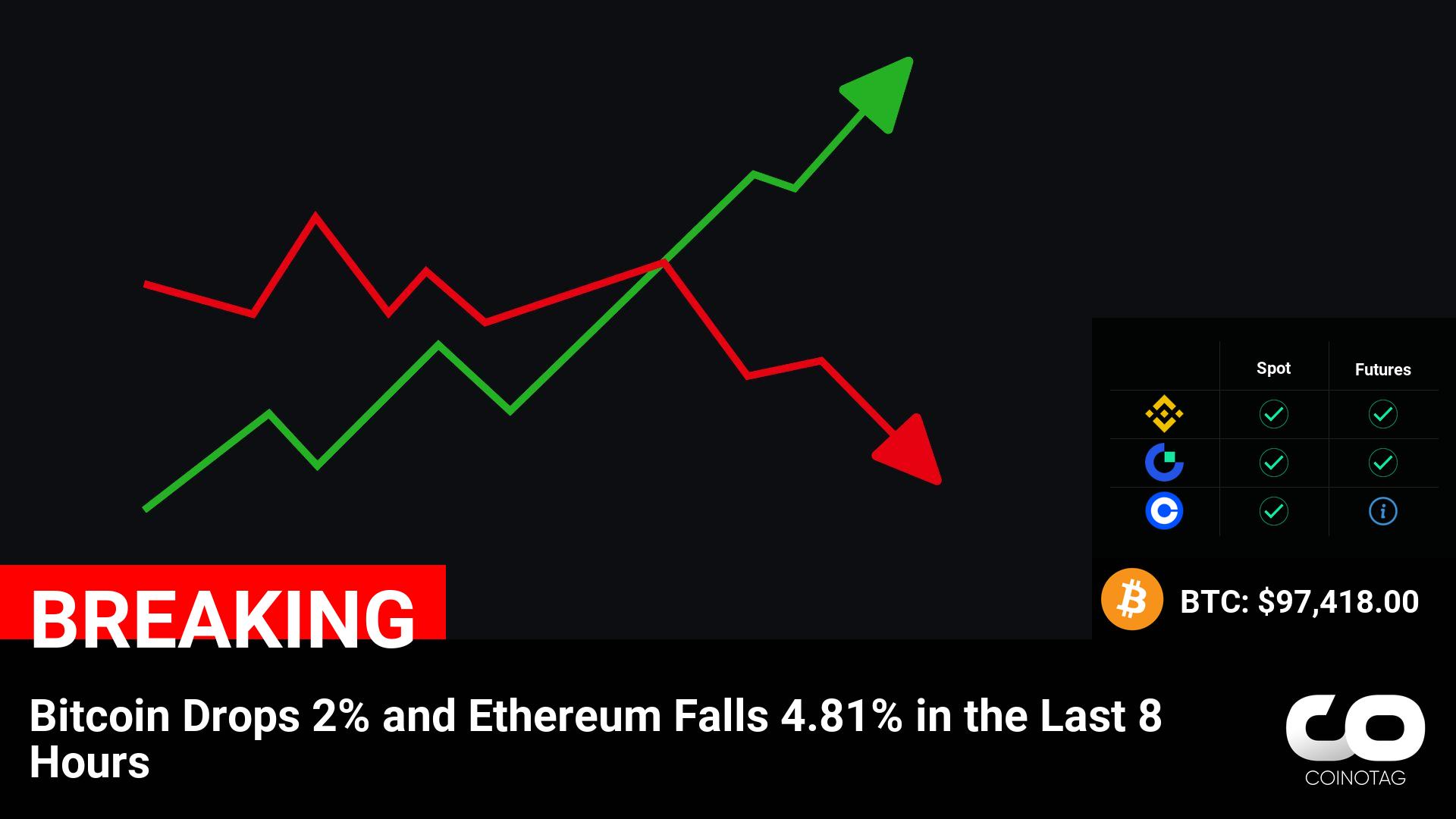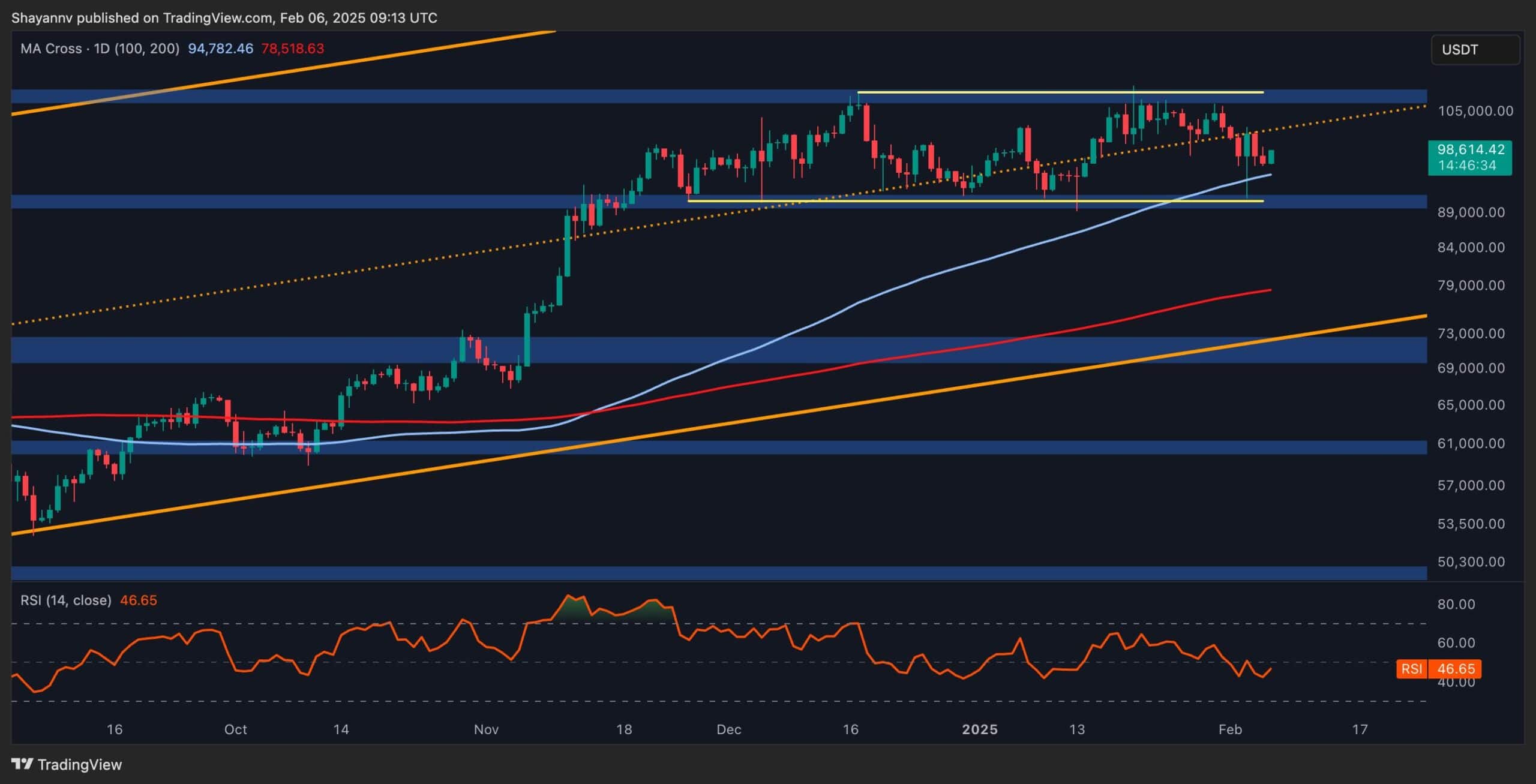|
Getting your Trinity Audio player ready… |
Things are going from bad to worse for Tether lately. After it learned only “lawful and legitimate” stablecoins would be considered worthy under the Trump administration’s upcoming digital currency rules, Crypto.com announced it would stop supporting USDT in Europe as of January 31.
The move comes in response to the European Markets in Crypto-Assets (MiCA) regulation, which requires strict anti-money laundering (AML) controls, among other obligations. Crypto.com announced it would delist USDT, PayPal USD, PaxDollar, and several other digital assets in Europe. As of January 31, users cannot deposit or buy USDT, but withdrawals will be available until March 31.
The announcement came just months after Tether’s decision to pull its EURT product, and more delistings are expected as the MiCA regulations take full effect. Tether said it was disappointed with the “rushed actions” by exchanges, saying the MiCA regulation would put European Union consumers at risk of a disorderly market.
Why is the MiCA regulation a problem for Tether?
The MiCA Regulation is the EU’s framework for regulating crypto assets, including stablecoins, exchanges, and other crypto-related services. They were passed in 2023 and implemented in 2024.
While MiCA rules are comprehensive and cover everything from digital asset issuance to how exchanges must conduct themselves, the stablecoin rules are the main concern for Tether. The regulations require that stablecoin issuers have fully backed reserves and that reserves be segregated to protect them.
Exchanges and wallet providers are evidently worried about continuing to deal with Tether. MiCA rules require them to comply with the EU’s strict AML standards and facilitate increased transparency around conflicts of interest, fees, pricing, and more.
Since Tether has been associated with money laundering in international crime investigations and outright refuses to submit to an audit by a respected accounting firm, it’s no surprise that legitimate exchanges are scrambling to sever ties with the shadowy firm.
What happens if Tether gets banned in America, too?
While it’s not entirely clear what the Trump government’s stablecoin regulations will look like, there are some clues based on the President’s January Executive Order.
First and foremost is the term “lawful and legitimate” dollar-backed stablecoins used in the executive order. While Tether is possibly fully backed by dollars in 2025, it will be tough to be considered “lawful” given its checkered history and several run-ins with U.S. authorities.
What would happen if the Trump stablecoin regulations made it so U.S. wallets and exchanges decided to ditch Tether? Considering it is by far the most traded token in digital currency markets and how BTC began its epic price run shortly after Tether went live, things could get ugly. When a Tether spokesperson warned that regulations like MiCA could create a “disorderly” market, they weren’t kidding!
We’ll have to wait and see how American stablecoin regulations shape up before we find out what happens. But for now, it looks like the walls are closing in on Tether, and finally, it may be forced to show its hand or leave the table.
Watch: Chronicle Upgrade, Teranode, and Bitcoin Stewardship
CoinGeek – Read More












